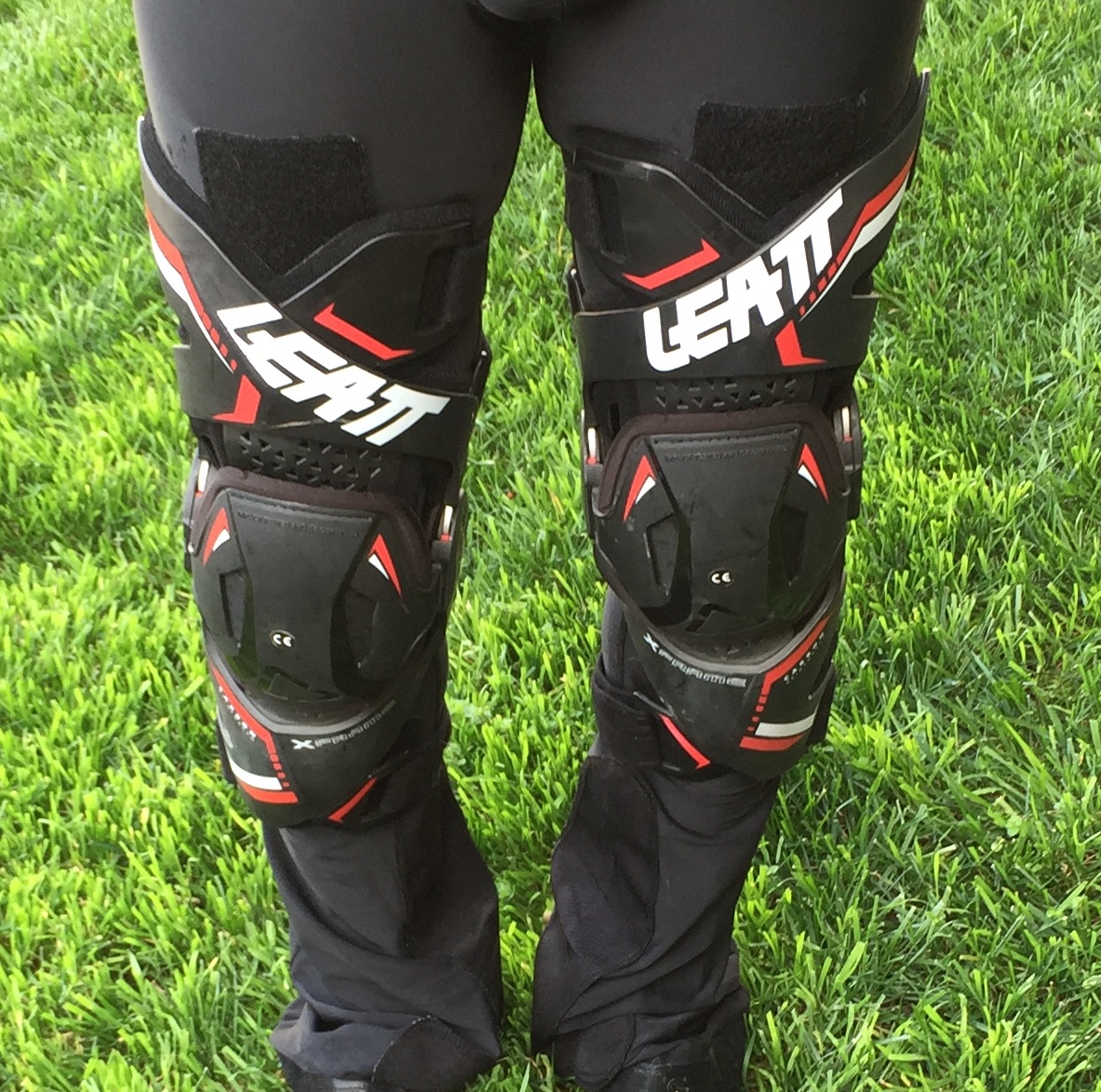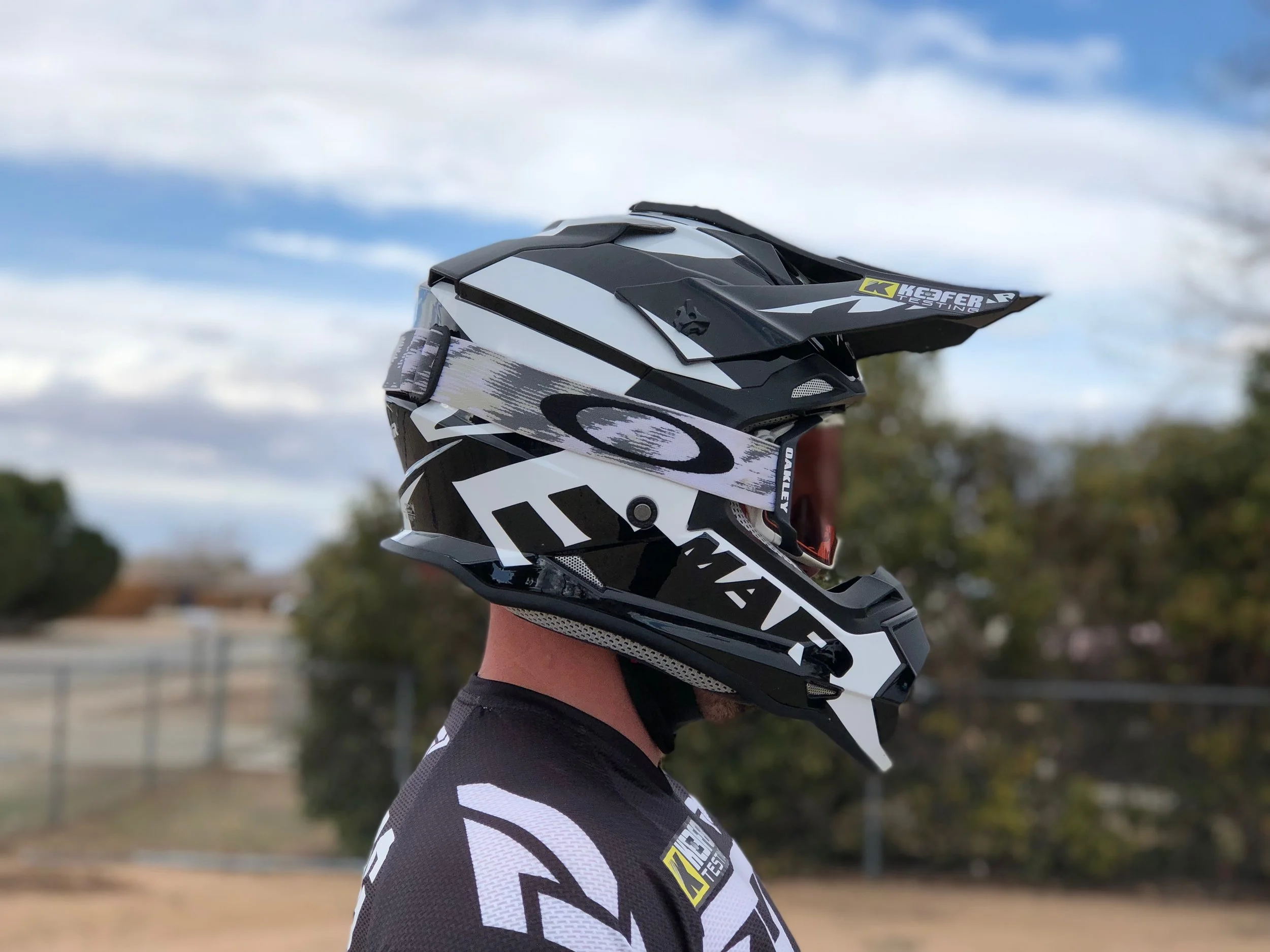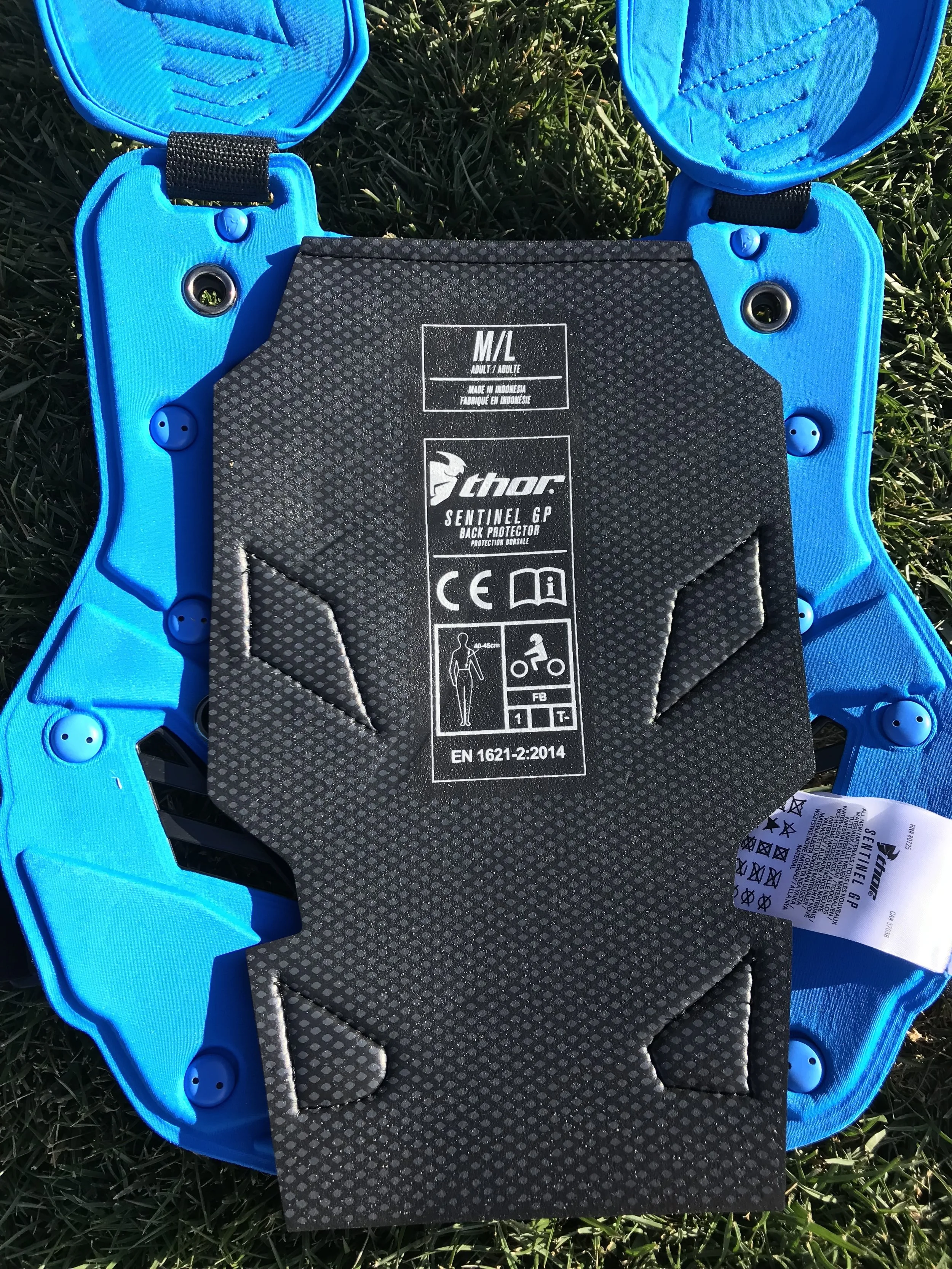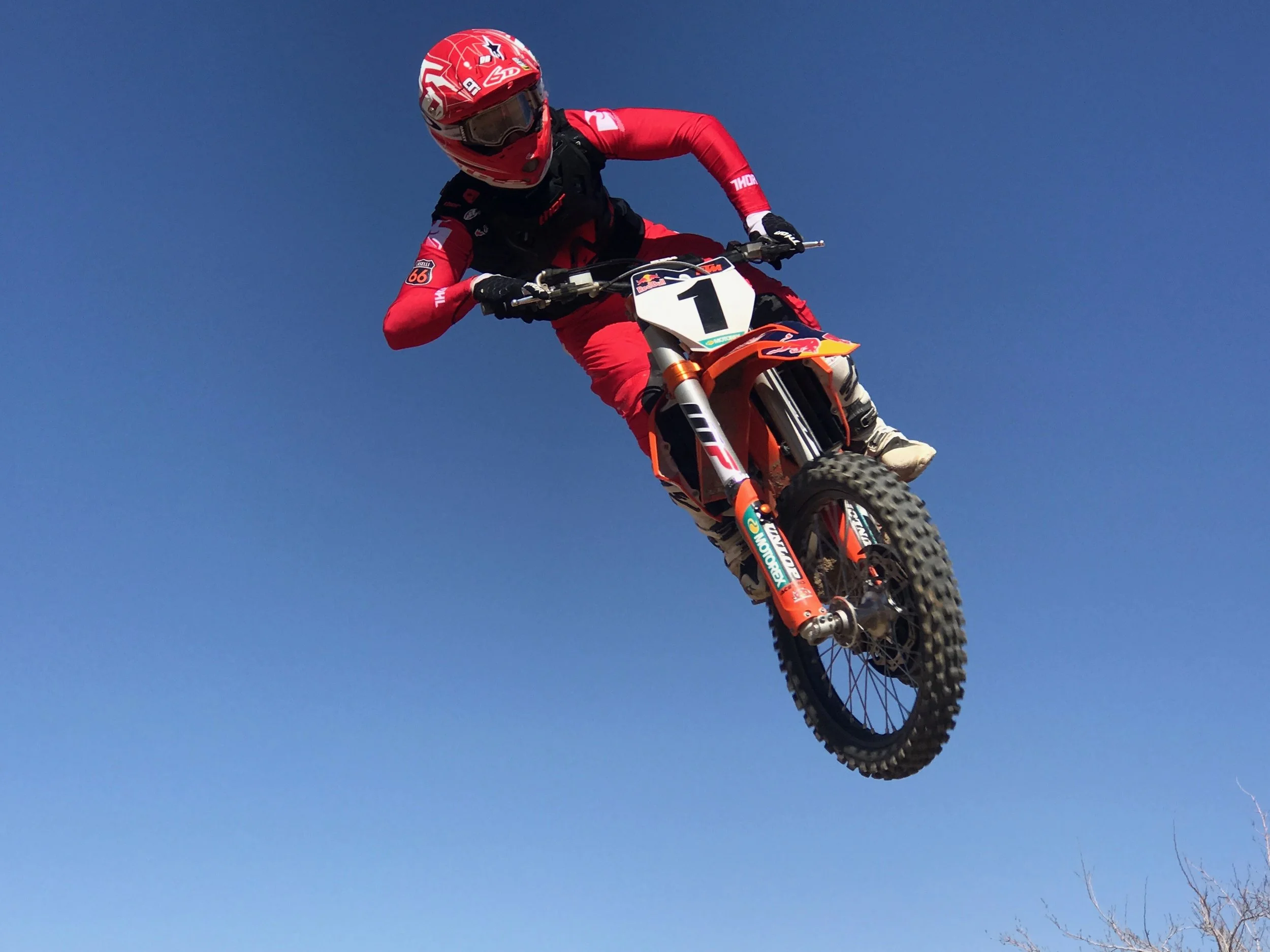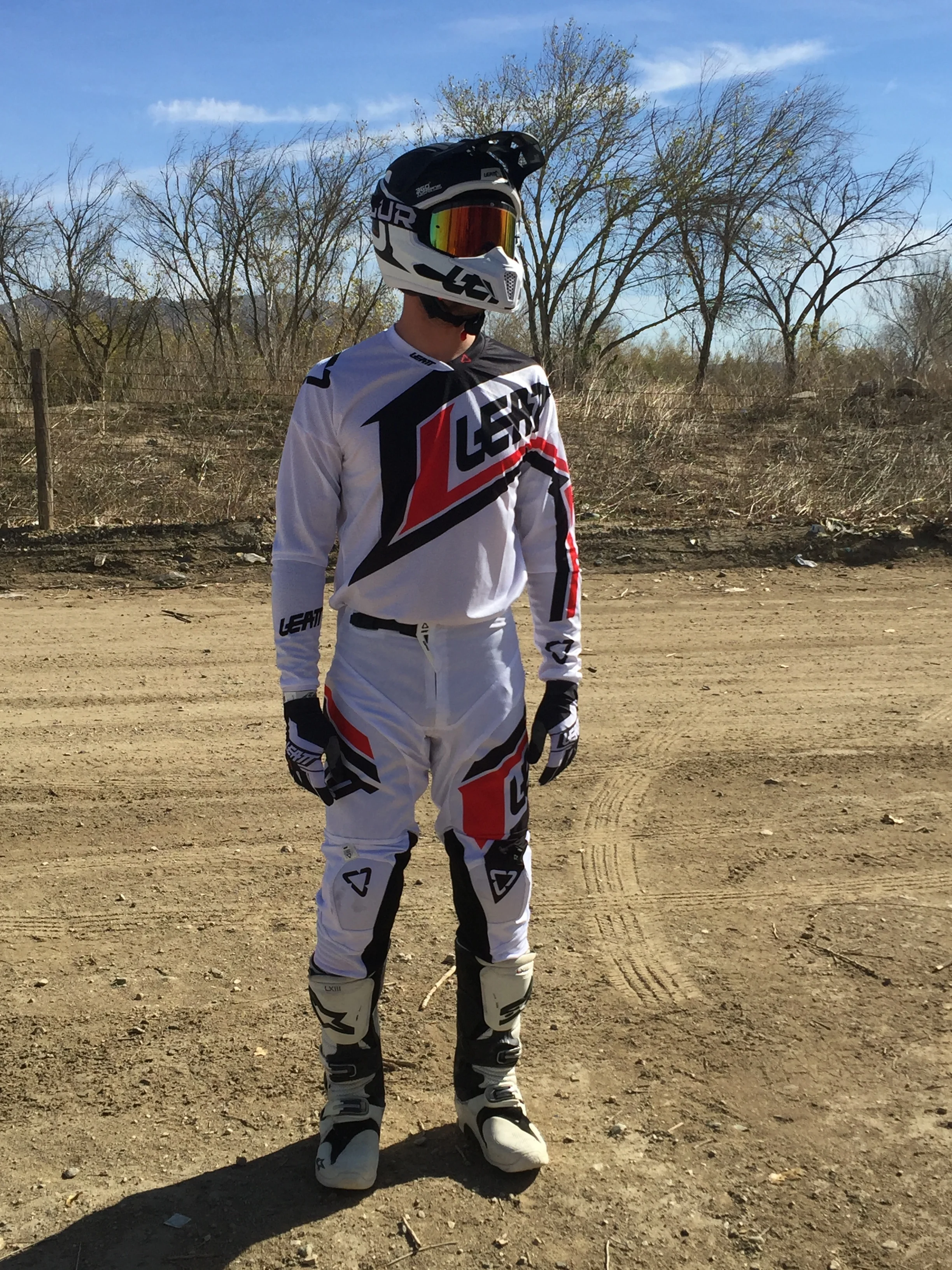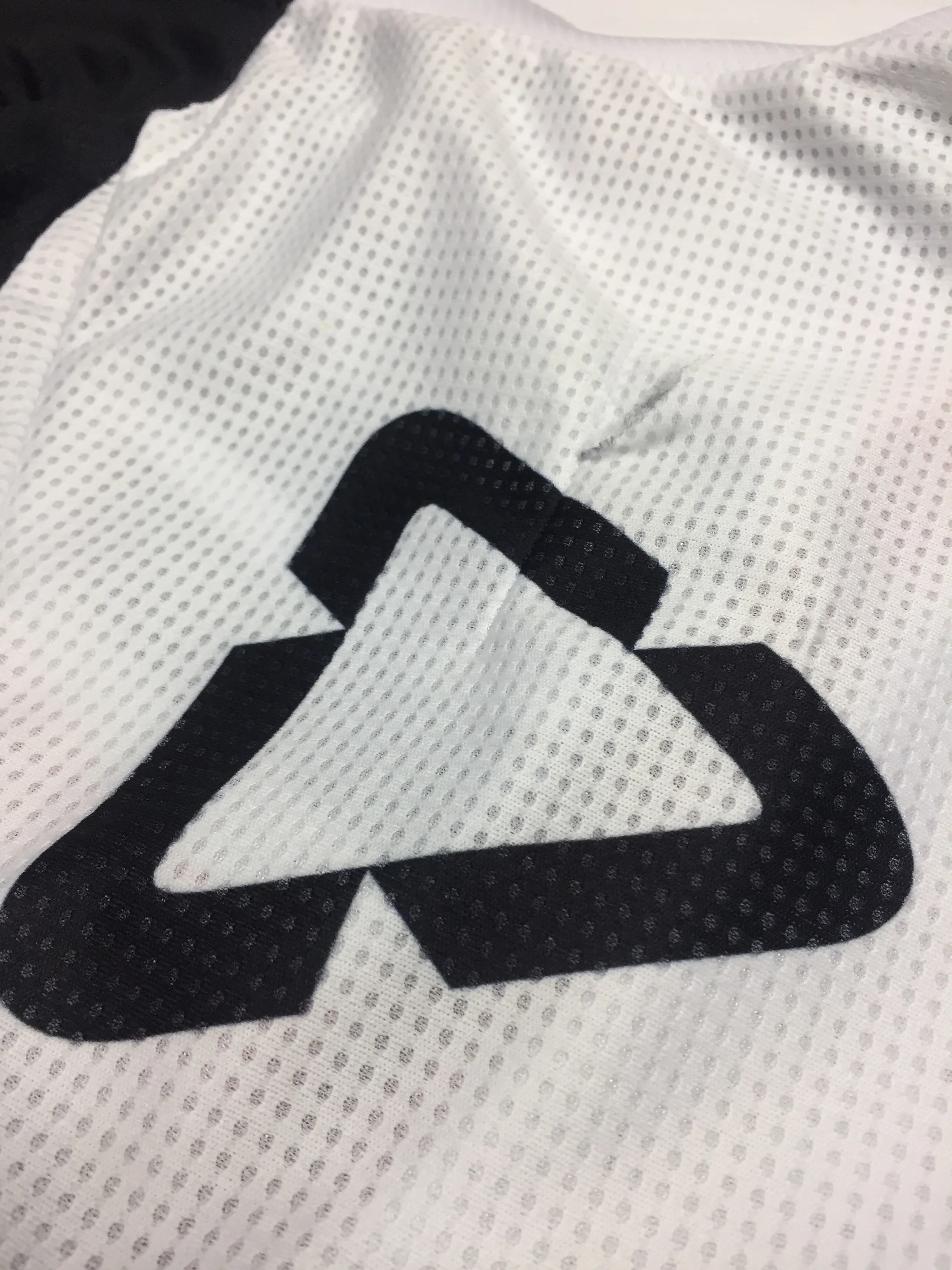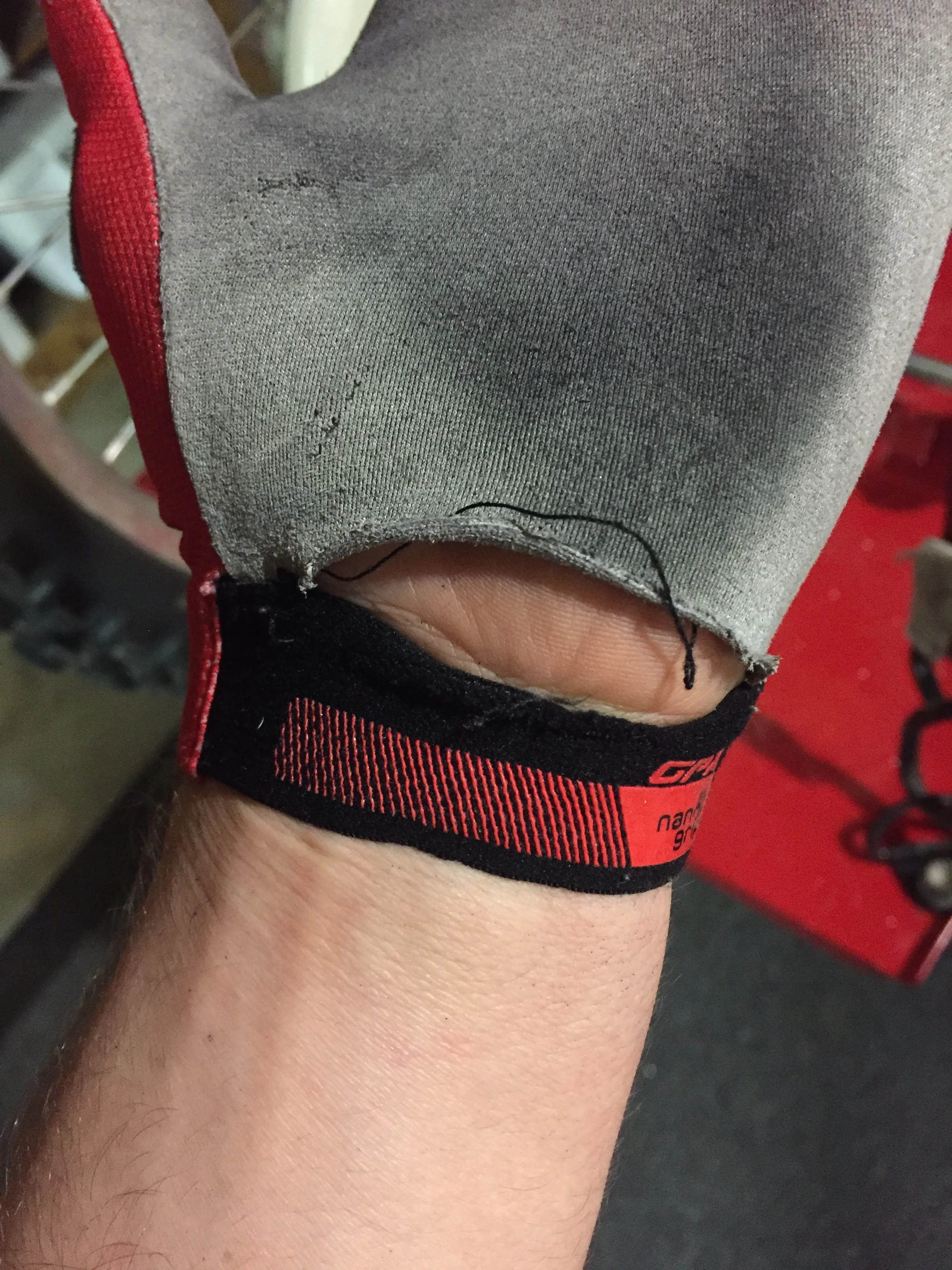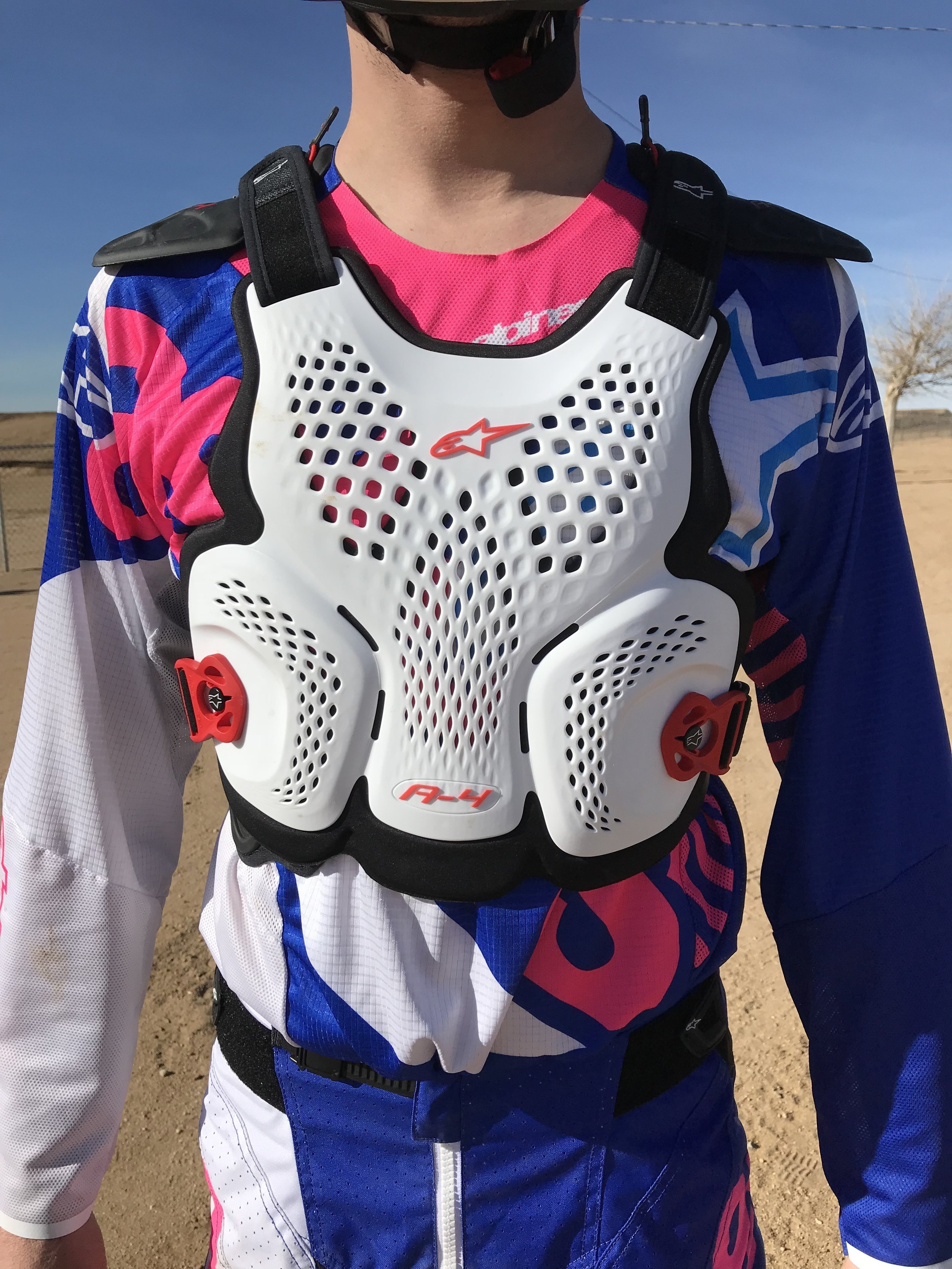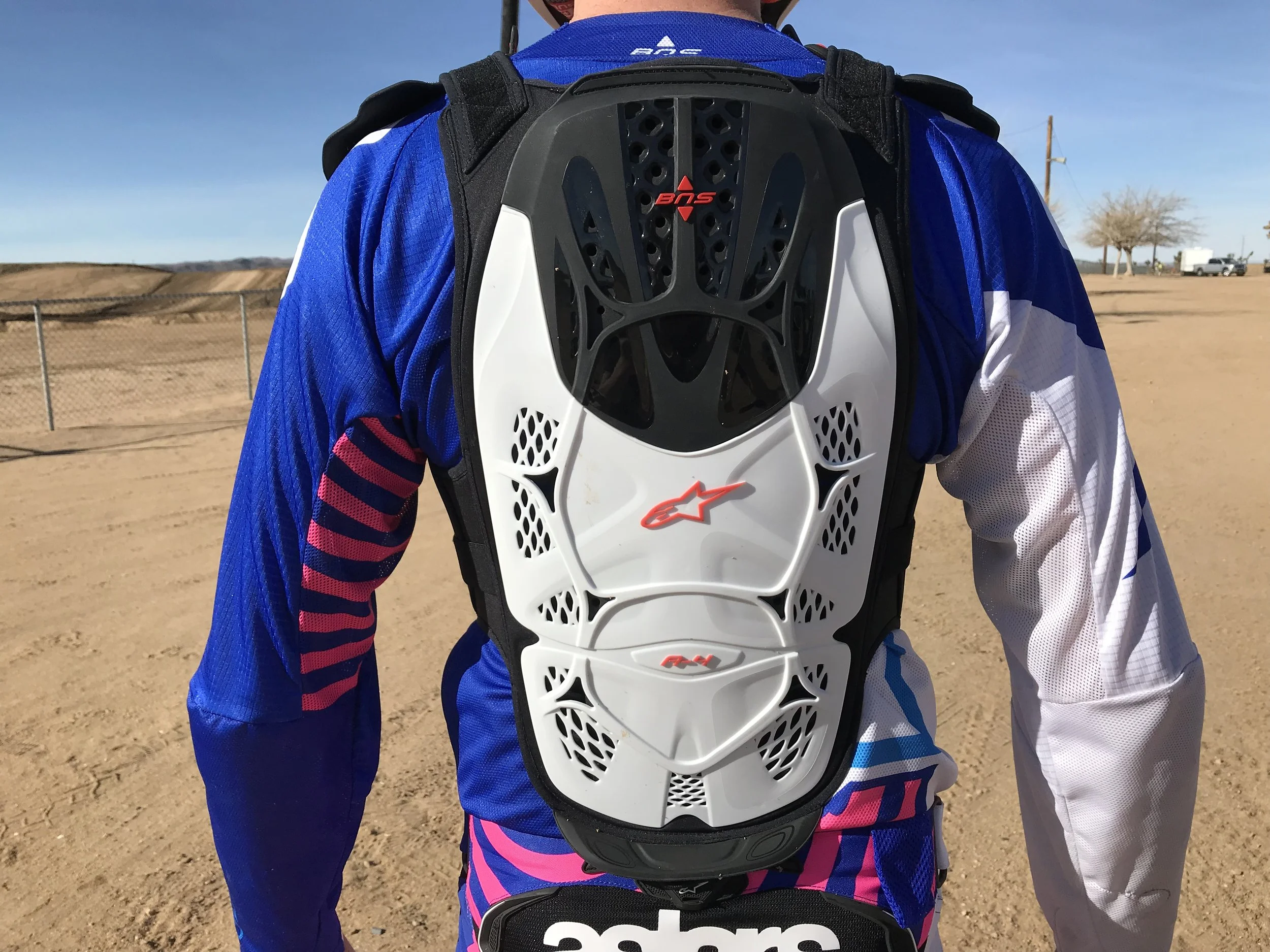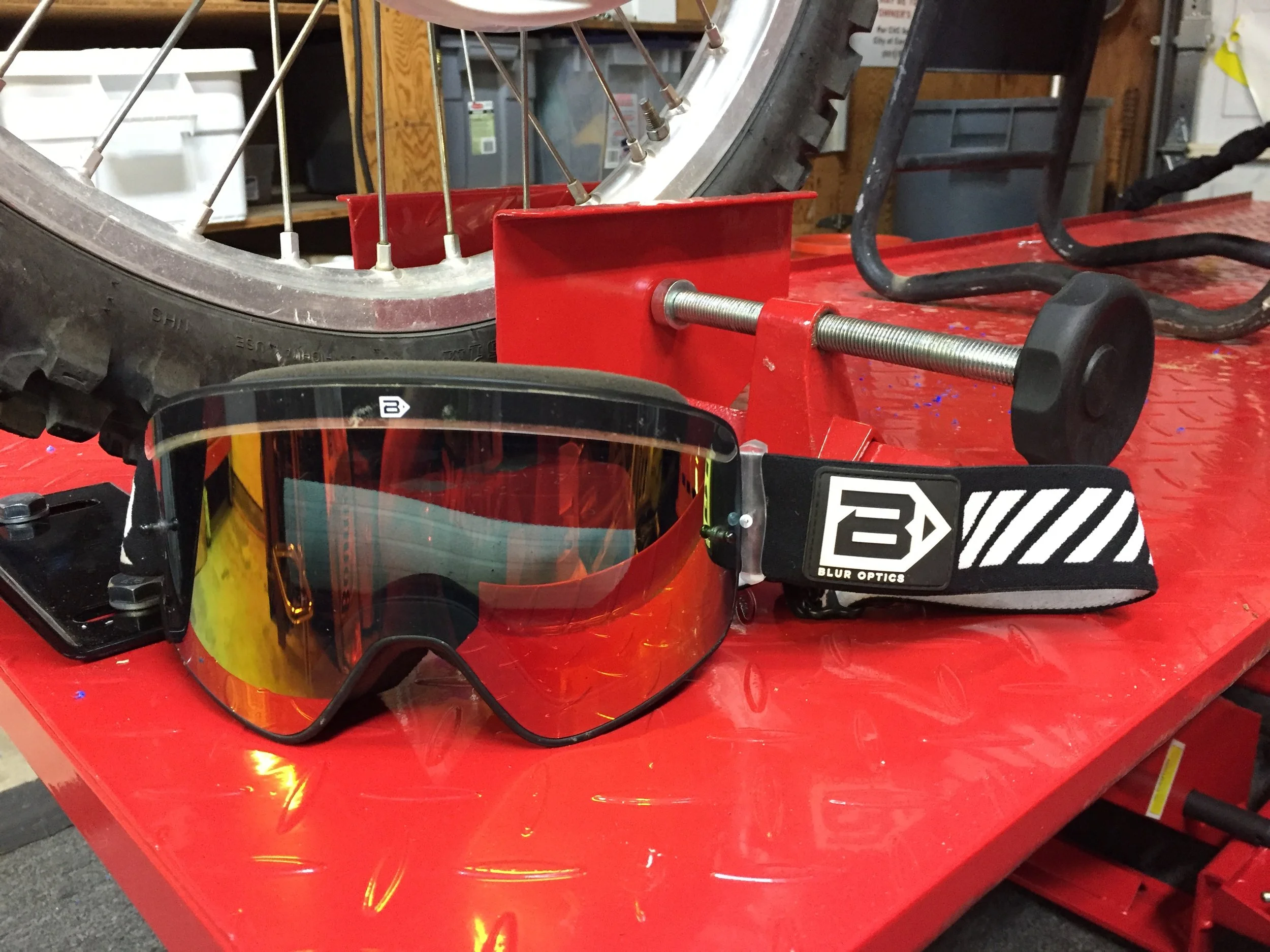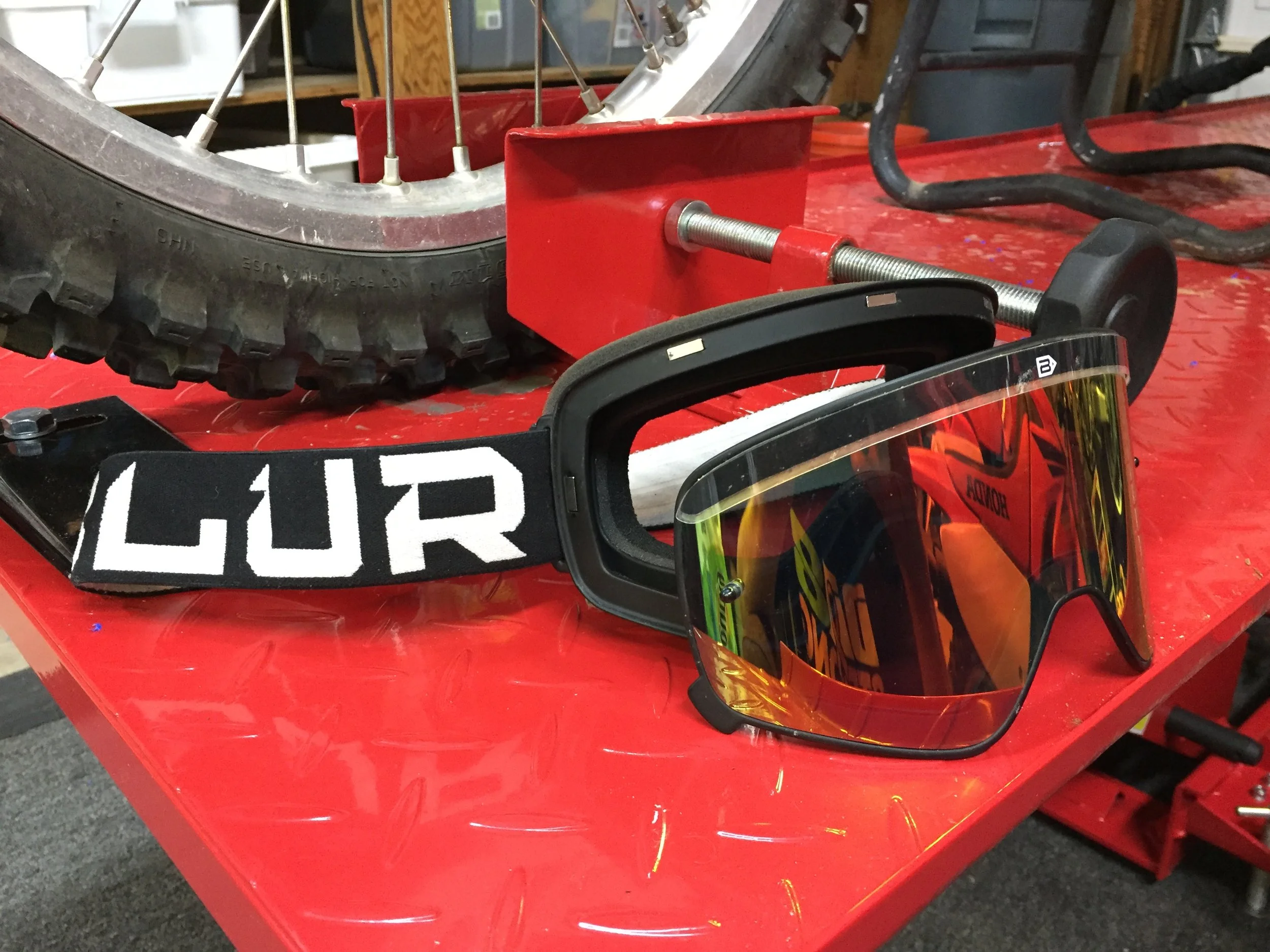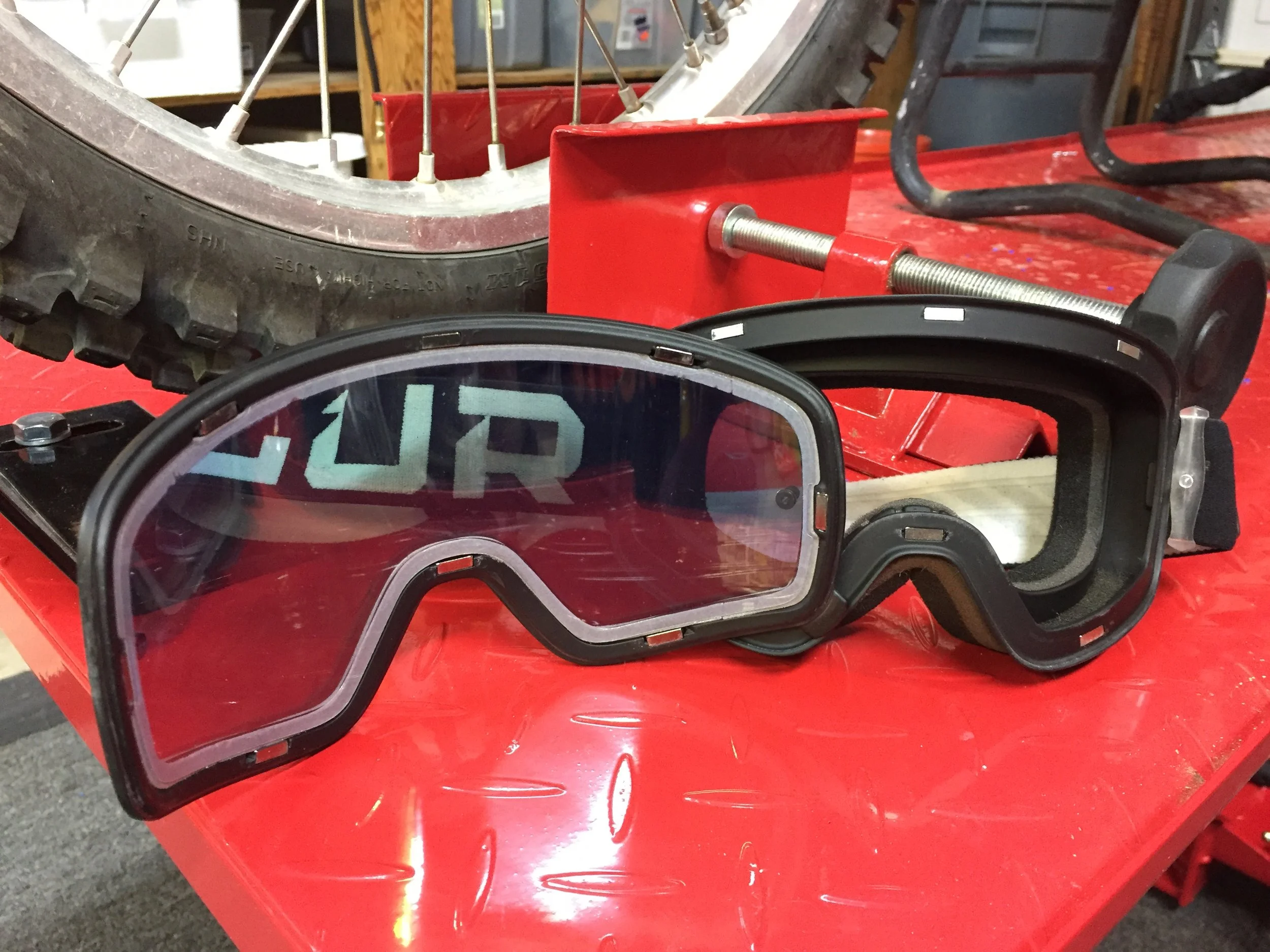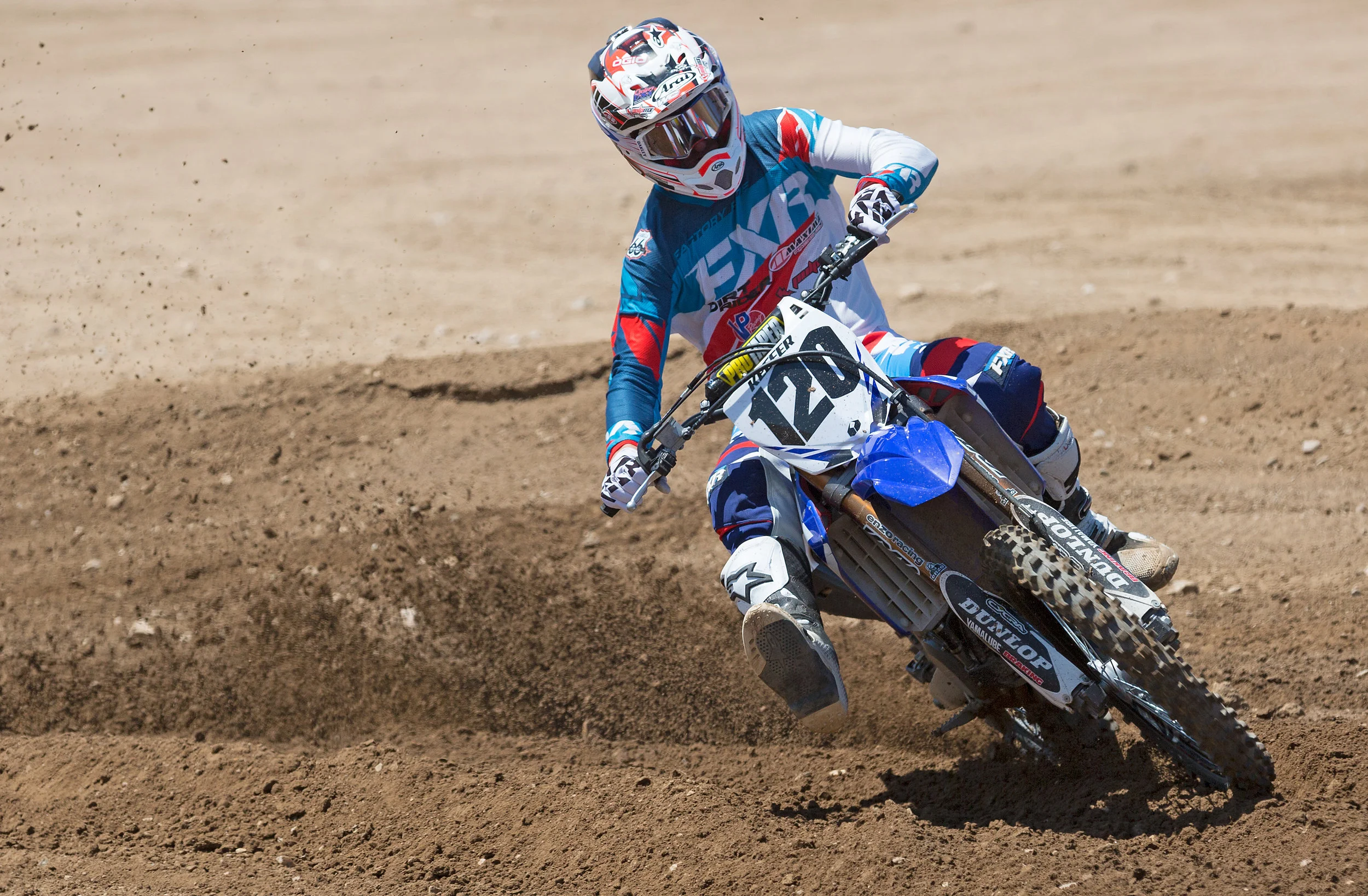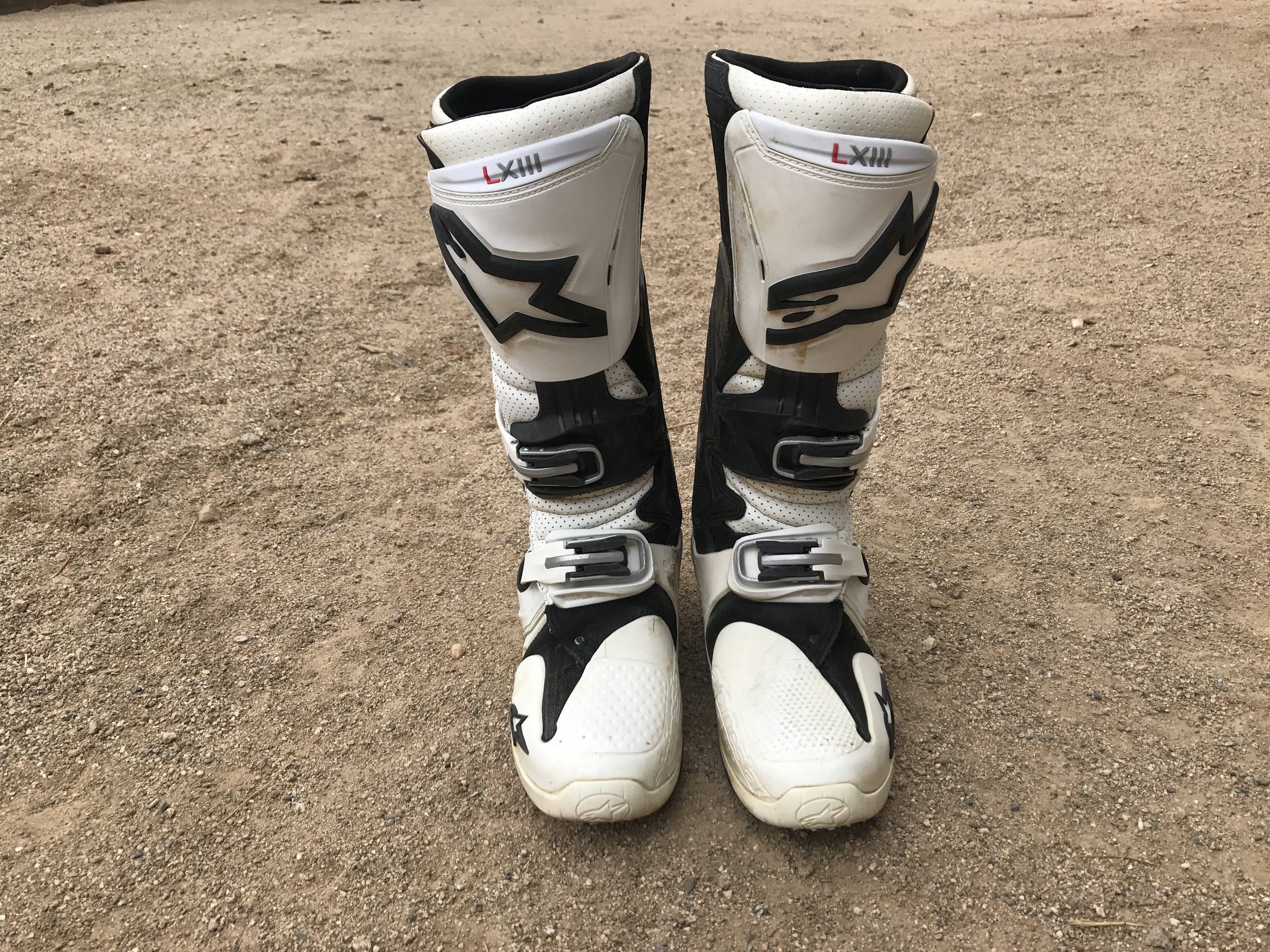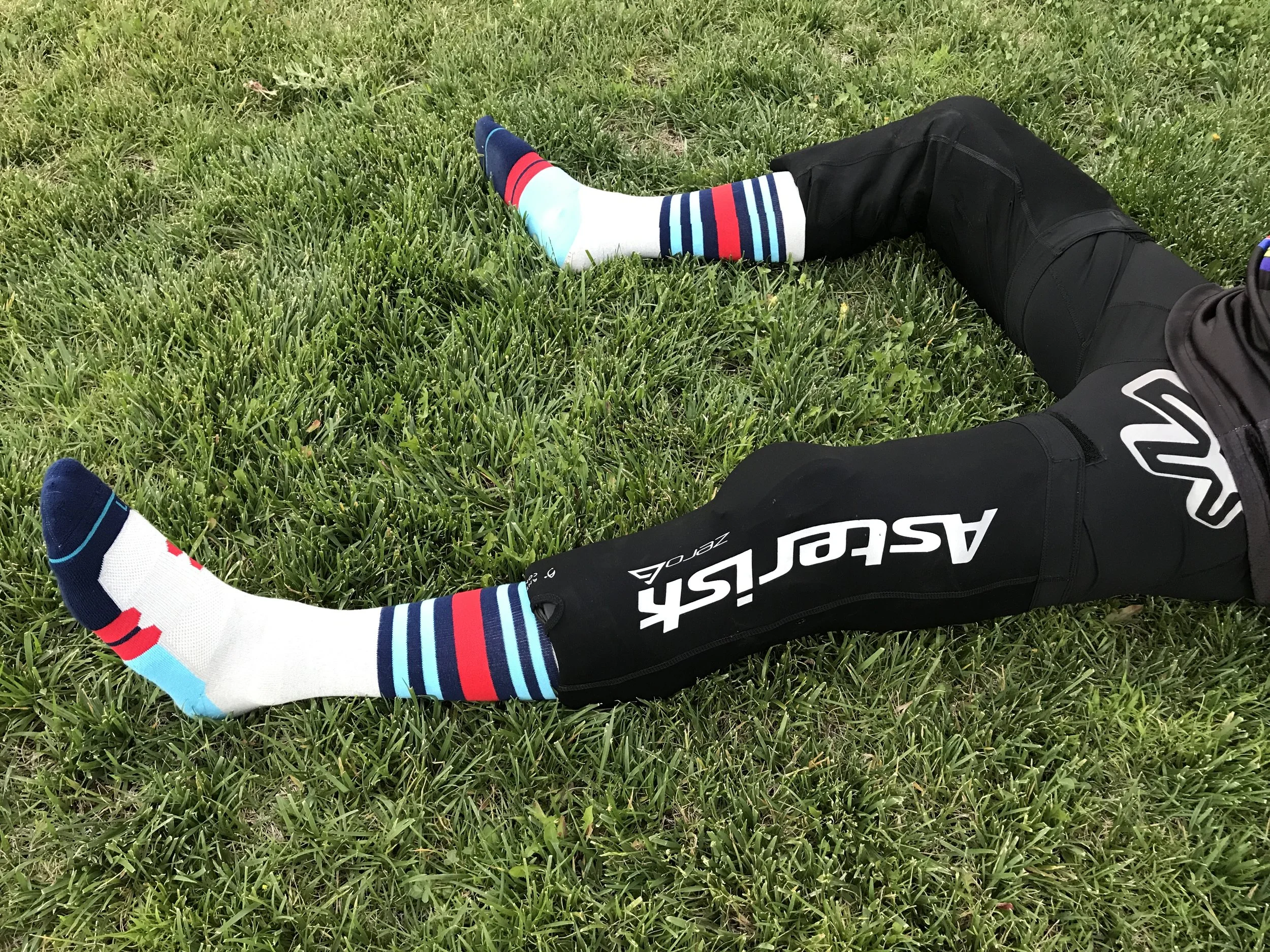For years I only wore knee pads because I didn't particularly like knee braces and their bulky feel. In fact there are still a few top pros out there racing that swear by only using pads and refuse to wear knee braces. About five years ago I had a friend give me a pair of his used braces that I had refurbished and rode with for a few days. After I gave those knee braces more than a day's worth of riding, I have been wearing braces ever since. In the past I’ve tested many different braces with that other magazine, but never had the chance to try out Leatt’s latest offering, the X-Frame. Leatt offers the braces in sizes small through extra-large as well as offering right and left sides sold individually. They are made from an injected carbon composite and are CE certified as both a medical device as well as impact protection. One cool feature the X-Frame has are the hyper extension limiters (5,10,15, and 20 degrees) that come with the braces just in case you have limitations from previous knee injuries. In addition to the hyper extension limitations, Leatt also has integrated hyper flexion stoppers to limit meniscus injury.
When it comes to protective gear with a lot of different configurations I’m a simple man, unless somethings bothering me I just leave it be. I am sure many of you out there can relate. So since I don’t have any knee injuries from the past, I never touched the different limiters that come with the braces, although for someone who has knee problems, I can see how it would be a huge advantage. Leatt did their best to keep the brace thin on the sides, so the braces don’t dig into your leg when squeezing the bike and I feel like they did a good job with keeping them comfortable. There were only a couple times that I had some slight irritation on the inside of my knee. That happened when I wore the Leatt knee brace pants incorrectly and had the braces riding on a sewn seem (of the pant) and it slightly dug into my leg. In addition to that, when my knees are in the slightly bent position I feel slight pressure on my knee cap from the knee cup. This isn’t anything painful, but can be slightly annoying after a long ride. In terms of impact protection these braces held up great, I had a few get offs while testing them as well as hitting plenty of trees/shrubbery while riding off-road. I never felt like my knees were vulnerable while wearing these braces and could wear them for a long period of time without too much fuss. When it comes to taking the braces on and off, it seems as though there are a few options. Both sides of the hook and loop straps come apart and can be adjusted. Not to mention the clips on the straps “clip” on and off of the brace. Every time I removed the braces I just left the clips in the braces and un-did the straps, so I got a nice snug fit every time I put them back on. I know this is a first world problem, but the hook and loop straps were VERY grabby when left undone. They would hook onto the other straps and get twisted up as well as attach to everything in my gear bag. This is not really an issue, just more of a tip for you all out there when using the X-Frame's.
Only a few years ago there were just a few players in the knee brace game, but now thankfully for us consumers, there are multiple high end options on the market like the Leatt X Frame Braces. I would say these braces are at the higher end of the market in terms of quality for being an off the shelf, non “custom fit” brace. Coming in at $449.99 for the pair, they aren’t going to completely break the bank either when compared to some of their competitors. If you’re looking for a quality knee brace that keeps your knees protected from impacts as well as internal injury, go to your local bike shop and try a set on and give them a shot.
Keefer’s Note: Please be aware that ALL knee braces take some time to get used to. You are not going to strap on your new knee braces, jump on your bike and everything will feel magical. If you have never worn knee braces before it can take up to a few rides to get used to the bulkier feeling (compared to knee guards). -KK
If you have any other questions regarding these braces feel free to shoot me an e-mail at michael@keeferinctesting.

